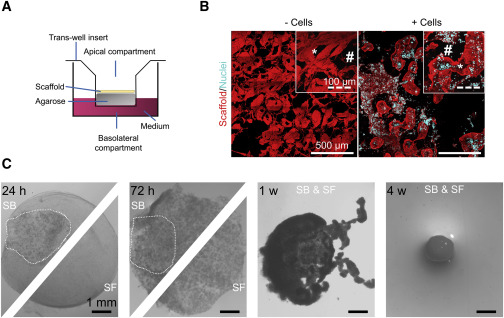Highlights
- Primary human testicular cells form organoids regardless of scaffold support
- The testis-specific cytoarchitecture was not restored in testicular organoids
- Active niche cells and spermatogonia were maintained in testicular organoids
- Testicular organoids might help achieving human spermatogenesis in vitro
Summary
So far, successful de novo formation of testicular tissue followed by complete spermatogenesis in vitro has been achieved only in rodents. Our findings reveal that primary human testicular cells are able to self-organize into human testicular organoids (TOs), i.e., multi-cellular tissue surrogates, either with or without support of a biological scaffold. Despite lacking testis-specific topography, these mini-tissues harbored spermatogonia and their important niche cells, which retained specific functionalities during long-term culture. These observations indicate the posibility of in vitro re-engineering of a human testicular microenvironment from primary cells. Human TOs might help in the development of a biomimetic testicular model that would exert a tremendous impact on research and development, clinical treatment of infertility, and screening in connection with drug discovery and toxicology.







